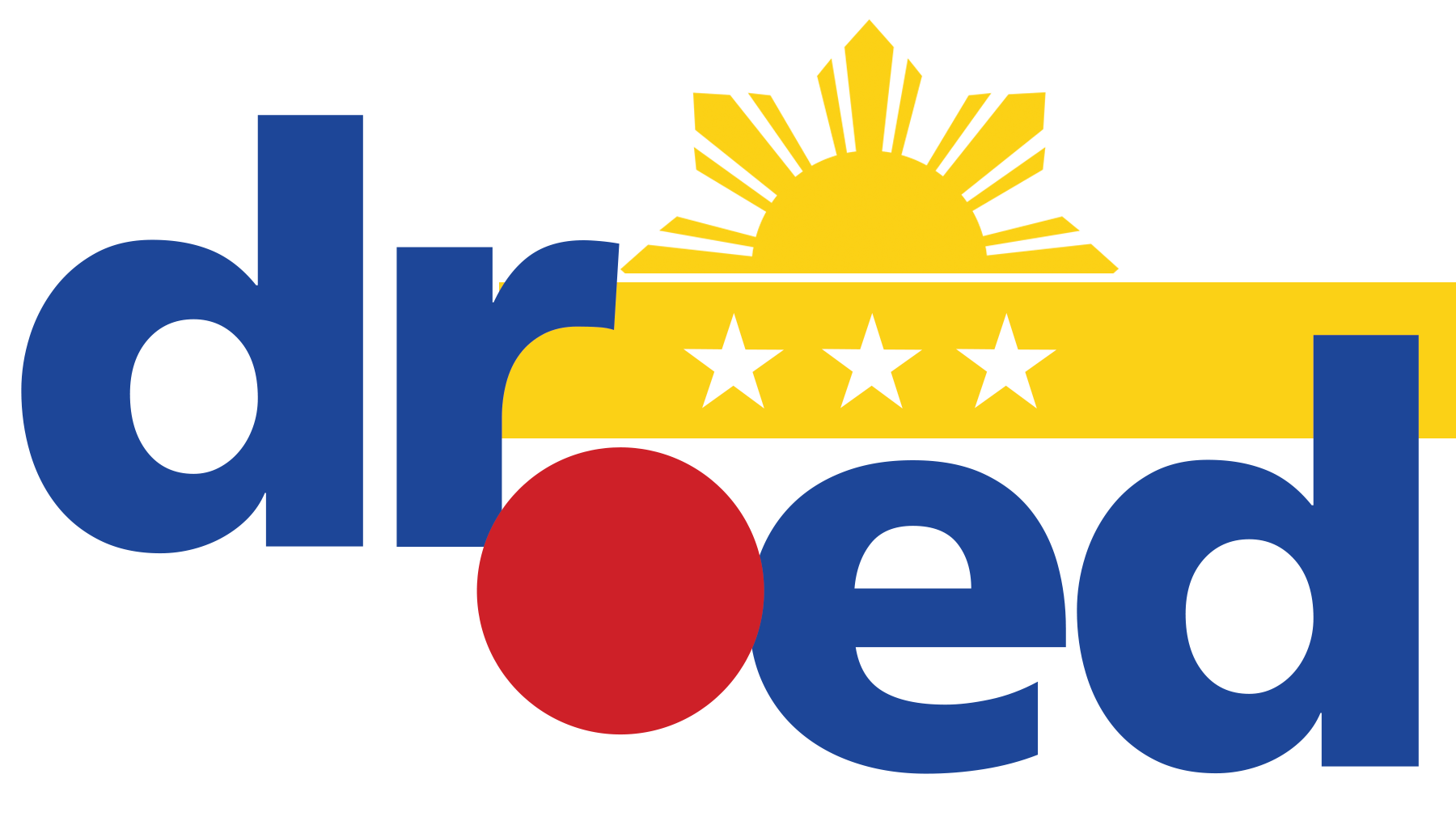From a guidance perspective, no one escapes human relationship in the school setting and in the community where the school head is posted. Its effects are both personal and professional, and they affect effectiveness in terms of assisting and guiding learners. The school head must be realistic on this matter by sticking with educational issues. Henson (1993) says:
The existence of good human relationships or of long-cherished human bonds of favorable interactions between a school head and the teacher could be a good beginning. It could provide new appreciation for the “sacredness” of human relationships, a fire which burns into the nights of humanity. With it, changes wrought about by technology have profound meanings and consequences for the school and its teachers as well as for the welfare of the pupils.
Dam (1993) likewise, says:
One cannot understand the management of a school without understanding that human relations exist between the teachers and their pupils. The demands of the school and its clienteles are often mutually conflicting. Nowhere is it more possible to miss the forest for the trees than in the school setting. Too often, teachers just think of themselves, forgetting that they are part of a complex system. Likewise, teachers place themselves on a high pedestal, forgetting too that their pupils are human beings needing attention and recognition.
A school head should understand the demands of his profession in his life and he should know how favorable human interactions might be presented and resolved. It should make him realize that only through concerted efforts, solidarity, and cooperation in the school system can one achieve his goals.
The school head’s attitudes, outlook, and the ability to do what needs to be done are the measurement of human relations. Certain qualities that distinguish a principal as a true leader can be tested on how skillful and competent he is in the exercise of human relations.

